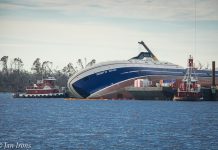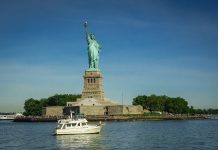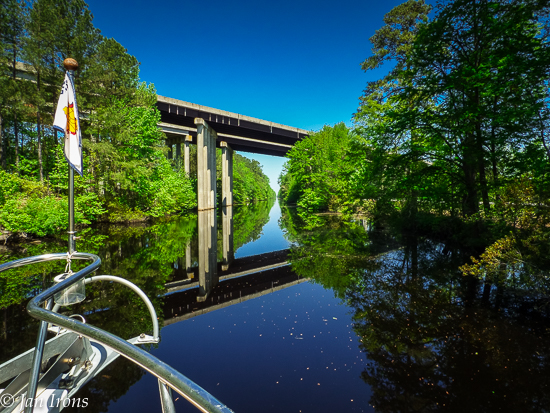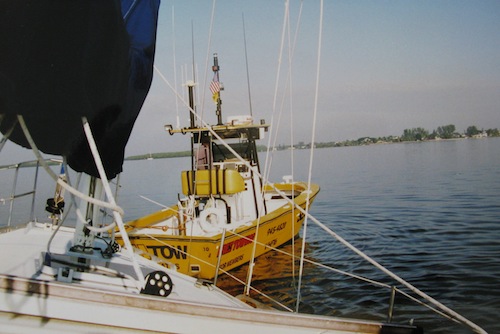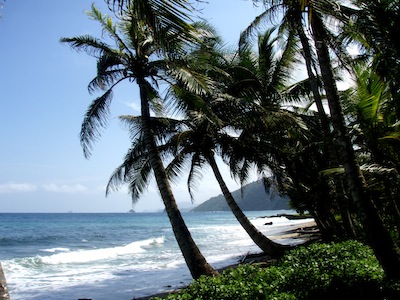Cruising Florida’s West Coast barrier islands is a delight, especially if you enjoy history dating from thousands of years ago. We’ve written several posts about the barrier islands over the years, mostly because we see more wildlife than we did for the years we were cruising. It’s the beaches, shells, sea turtles, bottlenose dolphins, manatees, white pelicans & all the other critters that make this place special for us, even if it’s not the gin clear water and snorkeling every day cruising that I fell in love with in the Western Caribbean.
Although it’s not “exotic”, Native Americans lived and fished these islands long before the arrival of the Spanish. Several of their shell mounds are located on islands in this area including Pine Island.

“Our” state park, Cayo Costa, meaning “Key by the Coast” or a barrier island, was named by early Spanish traders. In the early 1800s, fishermen from Cuba established “fishing rancheros” on islands all along Florida’s west coast. Fish were dried, sailed to Cuba and sold in Cuban markets. In the late 1800s, a Smithsonian Institution study found that there were four fishing rancheros in this area, two on Cayo Costa itself (then called La Costa Island).

About the same time, a Quarantine Station was established on the northern end of Cayo Costa for immigrants entering the country through Boca Grande Pass, which is the pass we sail out heading to the Keys – 120-ish miles to the south. Approximately 20 fishing families lived on Cayo Costa in the early 1900s, and even established a school, a post office and a grocery store.

Luckily for us, most of the island is now a state park and is being restored to its Old Florida barrier native state – removing invasive species such as Australian Pines and Brazilian Pepper shrubs. Common “Mother-In-Law Tongue” plants started out as a house plant on the island before somehow escaping and growing wildly in many locations. Something else not native to the islands, the feral pigs, have been mostly removed – we haven’t seen any for over 10 years, although the rangers will not say they are entirely gone.

Mostly people visit the state park for the beach – miles of untouched and ungroomed beach – inaccessible by car, only private boat or ferry. Like it’s more popular neighbors to the south, Sanibel Island and Captiva Island, there are usually shells on the beaches. And walking the beach, you never know what you might find – bottlenose dolphins splash and play just offshore, eagle rays glide the shallows just off the beach as many different species of birds, including the Bald Eagle, great white egrets, great blue herons, and just about every other type of heron – night herons, green herons, tri-colored herons, all call the barrier islands home.

As we recently discovered, there are also gopher tortoises sharing the interior sandy desert with snakes and other creatures. In June, the beach is home to several species of sea turtles, coming ashore to lay eggs and then return to the sea. Someday, I’d love to be on the island in June.

What you won’t find is any restaurants or beach bars, no souvenir shops, nothing … if you’re lucky you might be able to buy a coke at the ranger station. But not much else. You can rent bikes to tour the trails, but we opt to travel them by foot – enjoying different 4 mile walks consistently. It’s 3/4 of a mile from the bay side of the island to the beach, so unless you catch one of the shuttles run by the park service (usually when the ferry arrives or departs), you’ll have to walk – oh darn.

So what are your favorite “not exotic” cruising locations? We may need to discover new spots – especially coastal US East Coast while we’re staying relatively close to central Florida to see my Dad. Please leave a comment and let us know what places are not to be missed! Cheers! Jan

